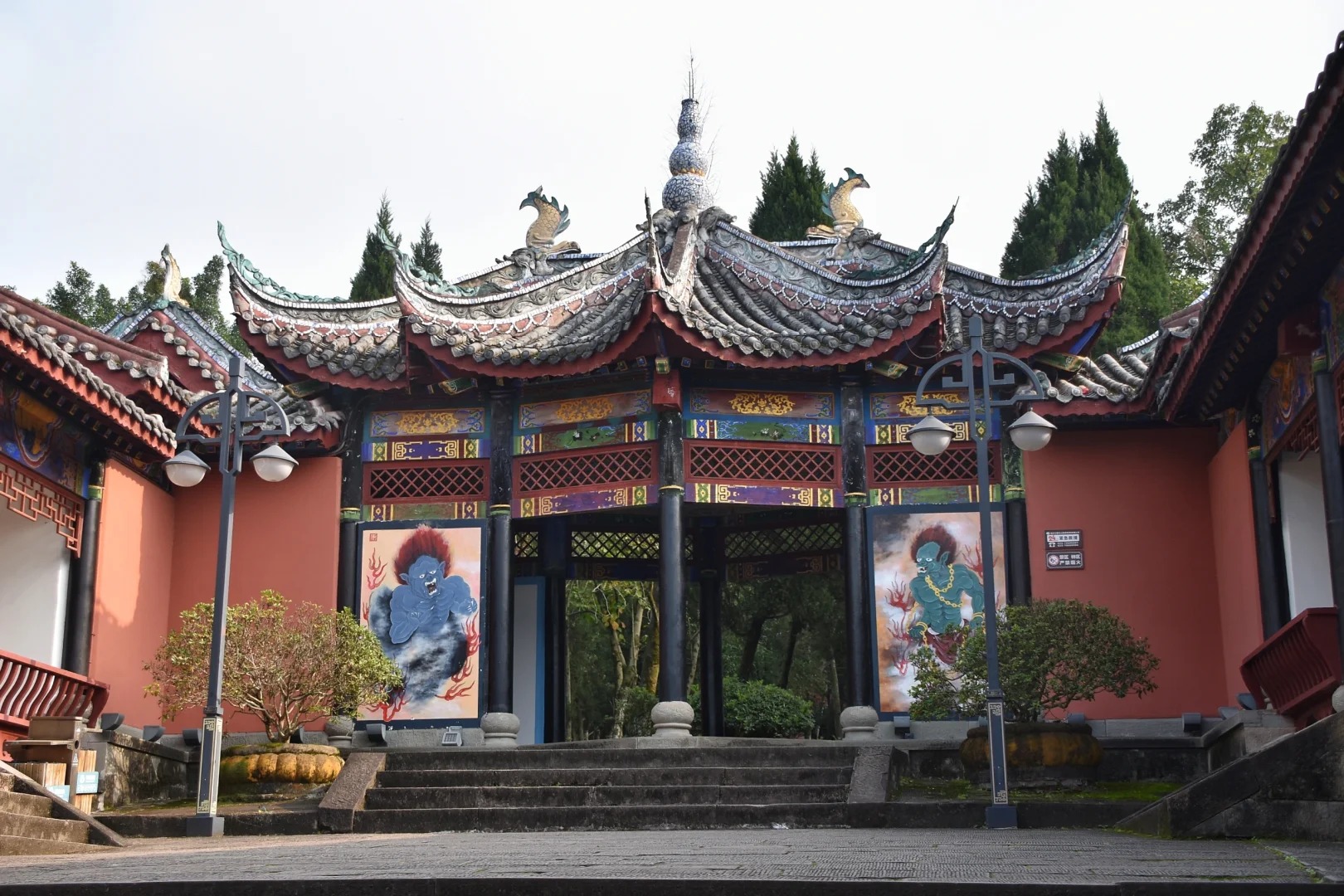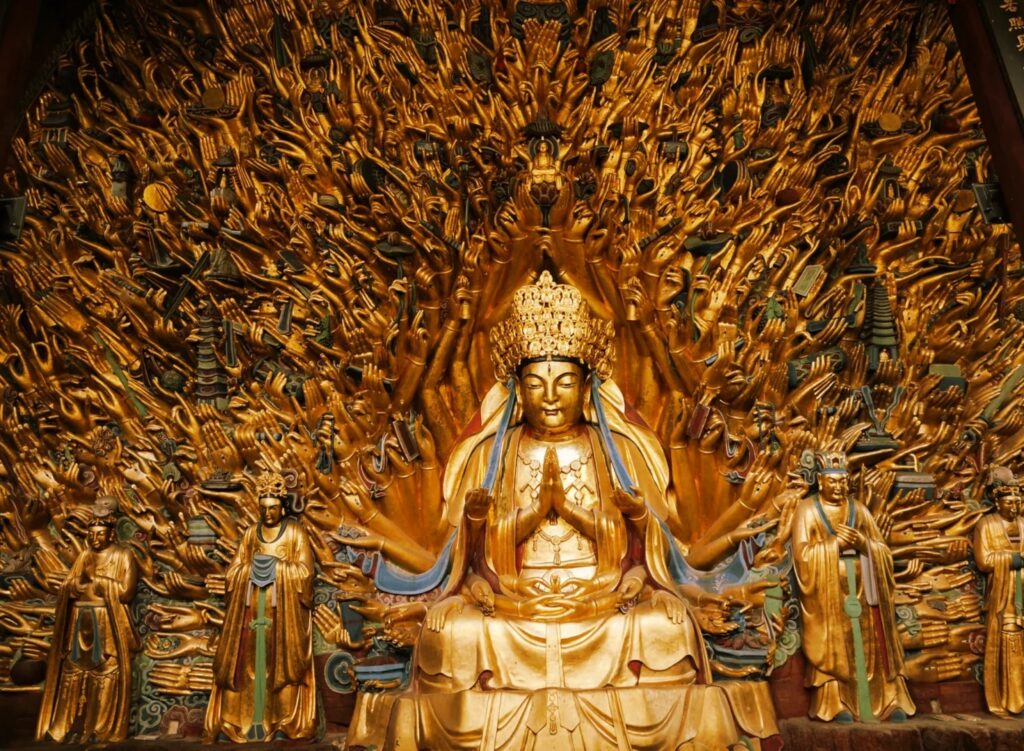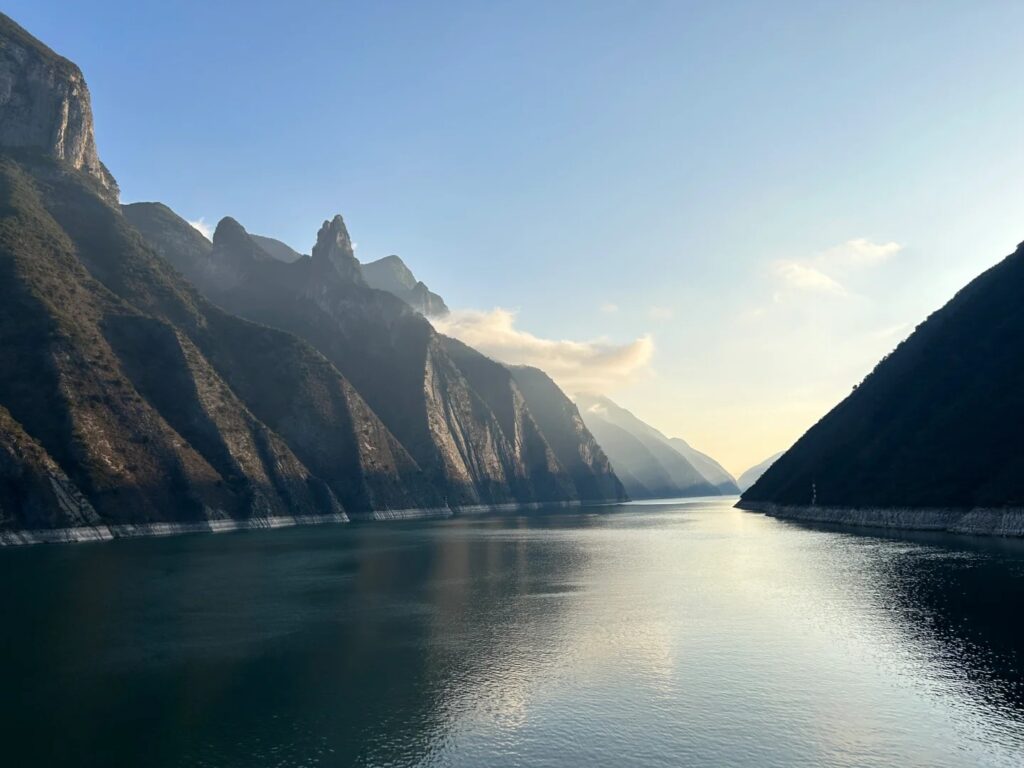Visiting Information
| Information | Details |
|---|---|
| Chinese Name | 丰都鬼城 (Fēngdū Guǐchéng) |
| Location and Address | Fengdu County, Chongqing Municipality, China |
| Opening Time/Hours | 8:30 AM – 5:00 PM (April to October) 9:00 AM – 4:30 PM (November to March) |
| Entrance Fee | 125 CNY (March to November) 70 CNY (December to February) |
| How to Get There | By Metro: Not applicable By Bus: Take a bus from Chongqing to Fengdu County, then a local bus to Fengdu Ghost City By Taxi: Take a taxi from Fengdu County to Fengdu Ghost City By Yangtze River Cruise: Many cruises include a stop at Fengdu Ghost City |
| Best Time for Visit | April to October, when the weather is pleasant and all attractions are open |
| Contact Info | +86 23 7056 1051 |
Overview
Fengdu Ghost City, located on Ming Mountain in Fengdu County, Chongqing, is a famous complex of shrines, temples, and monasteries dedicated to the afterlife in Chinese mythology. Known as the “City of Ghosts,” it is a unique attraction that blends history, folklore, and stunning architecture, offering visitors a glimpse into traditional Chinese beliefs about death and the underworld.
Historical Background
The origins of Fengdu Ghost City date back to the Han Dynasty (206 BC – 220 AD). According to legend, two imperial officials, Yin and Wang, came to Ming Mountain to cultivate Taoism and became immortals. Their names combined sounded like “King of the Underworld” in Chinese, which led to the area being associated with the afterlife. Over centuries, various dynasties added temples and structures, developing it into a complex dedicated to the Chinese concept of hell and judgment after death.
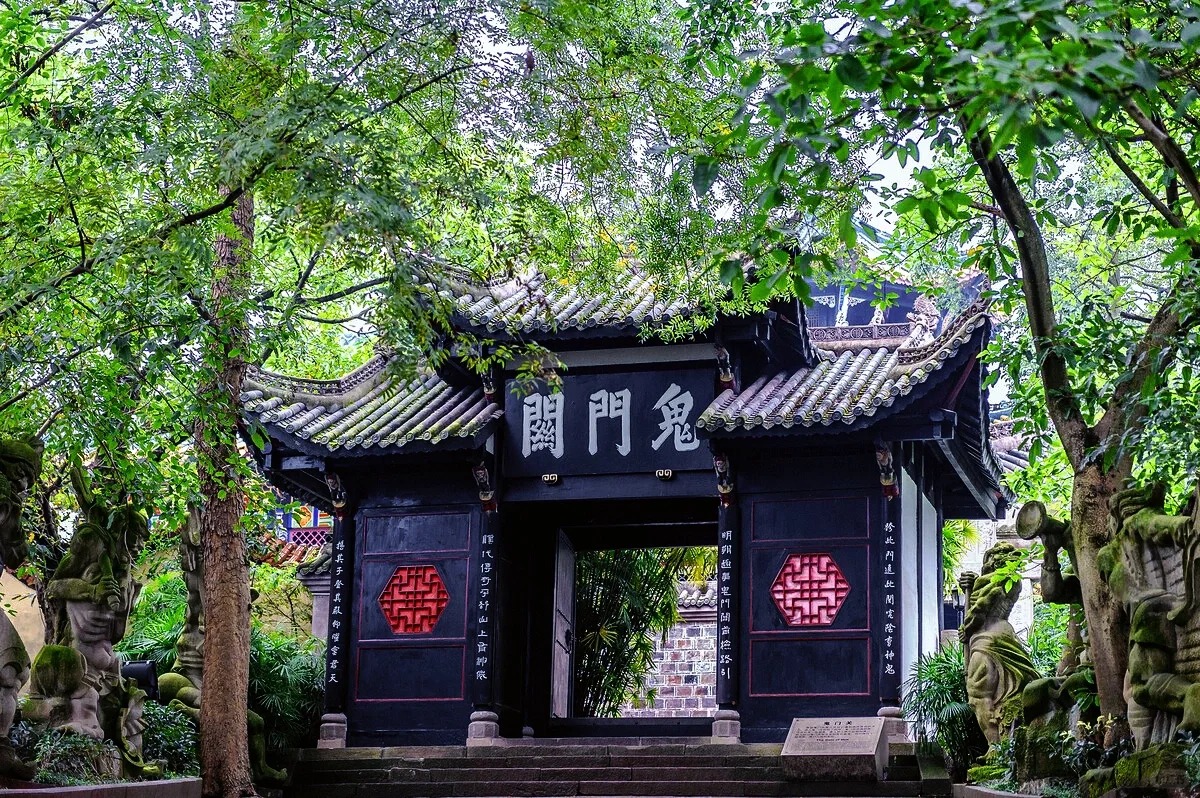
Architectural Features
- Ghost Torturing Pass: This is the first test for souls entering the underworld. It features vivid statues depicting the 18 levels of hell in Chinese mythology, showcasing various punishments for different sins.
- Nothing-to-Be-Done Bridge: A narrow stone bridge that souls must cross to enter the netherworld. It’s said that good people can cross easily, while evil ones will fall into the water below.
- Last-Glance at Home Tower: A three-story pavilion offering panoramic views of the Yangtze River and surrounding landscape. It symbolizes the final look back at the world of the living.
- Temple of the King of Hell: This impressive structure houses statues of the King of Hell and his judges, depicting the judgment of souls in the afterlife.
Cultural Importance
Fengdu Ghost City holds significant cultural importance as it represents traditional Chinese beliefs about the afterlife and moral judgment. It serves as a physical manifestation of Chinese mythology and folklore, particularly relating to Taoist and Buddhist concepts of hell and divine justice. The site has inspired numerous stories, artworks, and cultural practices, playing a crucial role in shaping Chinese perspectives on morality and the consequences of one’s actions in life.
Surrounding Attractions
- Yangtze River: The mighty Yangtze flows past Fengdu, offering scenic views and cruise opportunities. Many visitors experience Fengdu Ghost City as part of a larger Yangtze River cruise.
- Snowy Jade Cave: Located near Fengdu, this impressive karst cave system features stunning stalactites and stalagmites, providing a geological contrast to the cultural sites of the Ghost City.
- Shibaozhai Pagoda: A short distance downstream, this 12-story wooden pagoda built against a sheer cliff face is another popular stop on Yangtze cruises, known for its unique architecture and stunning views.
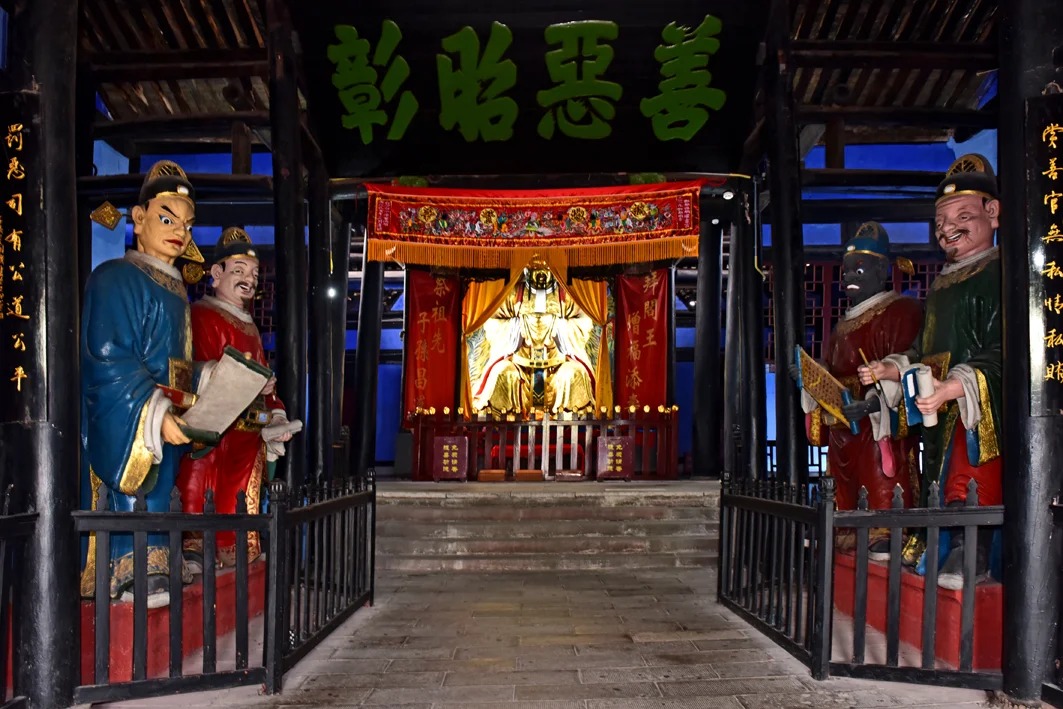
Photography Opportunities
- Panoramic Views: The Last-Glance at Home Tower offers sweeping vistas of the Yangtze River and surrounding mountains, perfect for landscape photography.
- Architectural Details: The intricate carvings, vibrant paintings, and unique structures throughout the complex provide excellent subjects for detail and architectural photography.
- Cultural Performances: Occasional cultural shows and reenactments at the site offer opportunities for capturing dynamic, colorful scenes of traditional Chinese performances.
Modern Importance
- Tourism: Fengdu Ghost City has become a major tourist attraction, contributing significantly to the local economy and providing employment opportunities for residents of Fengdu County.
- Cultural Preservation: The site plays a crucial role in preserving and showcasing traditional Chinese beliefs and folklore, serving as an educational resource for both domestic and international visitors.
- Artistic Inspiration: The unique themes and imagery of Fengdu Ghost City continue to inspire modern artists, filmmakers, and writers, influencing contemporary Chinese culture and art.
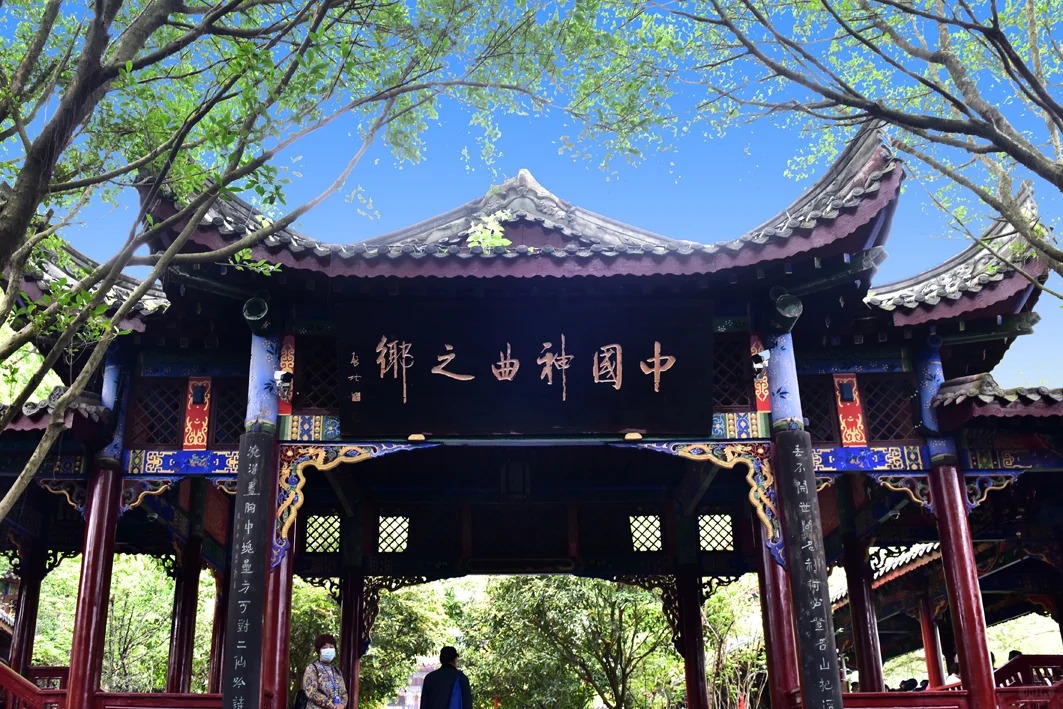
FAQ
- What is Fengdu Ghost City famous for?
Fengdu Ghost City is famous for its unique theme centered around the Chinese concept of the afterlife, featuring temples, statues, and exhibits depicting various aspects of the underworld and judgment after death. - What’s inside Fengdu Ghost City?
Inside Fengdu Ghost City, visitors can find various temples, shrines, and exhibits related to Chinese mythology of the afterlife, including the Ghost Torturing Pass, Nothing-to-Be-Done Bridge, and the Temple of the King of Hell. - Is Fengdu Ghost City free?
No, Fengdu Ghost City is not free. There is an entrance fee of 125 CNY from March to November, and 70 CNY from December to February. - Is Fengdu Ghost City worth visiting?
Yes, Fengdu Ghost City is worth visiting for those interested in Chinese culture, mythology, and unique architectural sites. It offers a one-of-a-kind experience and insight into traditional Chinese beliefs about the afterlife. - What to do in Fengdu Ghost City?
Visitors can explore various temples and exhibits, learn about Chinese mythology, enjoy panoramic views from the Last-Glance at Home Tower, and sometimes watch cultural performances. - How do I get to Fengdu Ghost City in the local city?
From Chongqing city, you can take a long-distance bus to Fengdu County, then a local bus or taxi to Fengdu Ghost City. Alternatively, many visitors arrive as part of a Yangtze River cruise that includes a stop at Fengdu. - How to visit Fengdu Ghost City?
Visit during opening hours (8:30 AM – 5:00 PM from April to October, or 9:00 AM – 4:30 PM from November to March). Purchase a ticket at the entrance. Start from the base of Ming Mountain and work your way up through the various attractions. Wear comfortable shoes as there’s a lot of walking and stairs. Allow at least 2-3 hours for a comprehensive visit.


